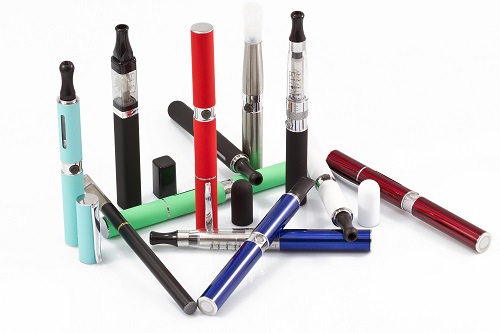By Dmitry Churakov
The year is just getting started and it’s a good time to focus on what key trends we should be on the lookout for in vaping hardware. I would venture to say that this year will not bring us any radical breakthroughs. Technology has been steadily evolving, but sadly I don’t see us being on a verge of a game-changing device. It’s not for a lack of innovation and vision of hardware developers, or funding available to bring those inventions to market. It’s more about the pace of development being hampered by worldwide regulatory uncertainty. Having said that, let’s take a look at will be driving the current “pragmatic evolution” in the near future.
The first driver are the smokers. Those who stick to traditional tobacco for one reason or another. They might have tried e-cigarettes but chose to go back to smoking because the e-cigs didn’t seem like a viable alternative. Either because the smokers considered them too complicated, unsafe, or because vaping simply didn’t give them the same level of satisfaction.
Let’s not forget that the e-cigarette as we know it today is what it is because of those former smokers that stuck around, and played an active role in molding the current products. Those smokers are now vapers, and the myriad products on the market, and most of their cousins coming out in 2016, are made to serve the vapers’ needs.
Yet, there is nothing on the market for smokers—the key audience for our industry. Many manufacturers have noticed it, and are slowly beginning to release products that have many of the sophisticated features of modern vaping devices, yet are easier in utility, far more accessible in distribution, and are more affordable for beginners.
Another important trend to follow is the new chapter in development of closed systems. It will be crucial facilitator for both attracting the next generation of vapers, as well as yet another trend we must pay attention to—new methods of vaporizing (to be discussed soon). Cooking a basic dinner is simple, and buying basic ingredients for it is cheap. Yet the market for precooked meals is steadily growing. Because consumers typically choose convenience above all. The same principle is true for our segment. Once the vape shops, gas stations, supermarkets, and local 7-11s will be stocked with the next generation of e-juice capsules, disposable and rechargeable devices, and new forms and formats or liquid refills it will radically alter the consumer dynamic.
Coming back to the new methods of vaporizing—nothing about it will drastically change in the coming year, yet it’s still an important trend to follow, and I will soon explain why. What we will see are new materials for heating elements, and significant enhancements in the heating performance. It will be driven by the need to make the products safer, with better controls of heating and vaporization. It goes goes hand in hand with the attention manufacturers are now paying to the ways end-users interact with their devices. We will be seeing a lot of reimagining of the current familiar features. They will be coming out in new forms and new combinations. Yet the time is not yet ripe for disruptive changes. In part this is due to the fact that there is little evolution in liquid technologies, and this will stall the market for radically new vaporizing systems.
The reason why all of this is important, is because this very stagnation will force the market to focus on the most important trend—development of a universal, or cross-platform, utility. Hardware without a rigid conformity to either heat-not-burn, dry herb, vape, or e-liquid. As I said before—more convenient and simple the hardware will drive the demand, which will increase distribution. Let’s not forget that the retail success is the key benchmark of our technological advancement.
Dmitry Churakov is CEO of Wingle Group, a China-based research and development consulting service geared toward the e-cigarette and adjacent technologies and manufacturing processes. He is also a co-founder of Calumet Advisors, an international strategic consulting company dedicated to the e-cigarette segment.


